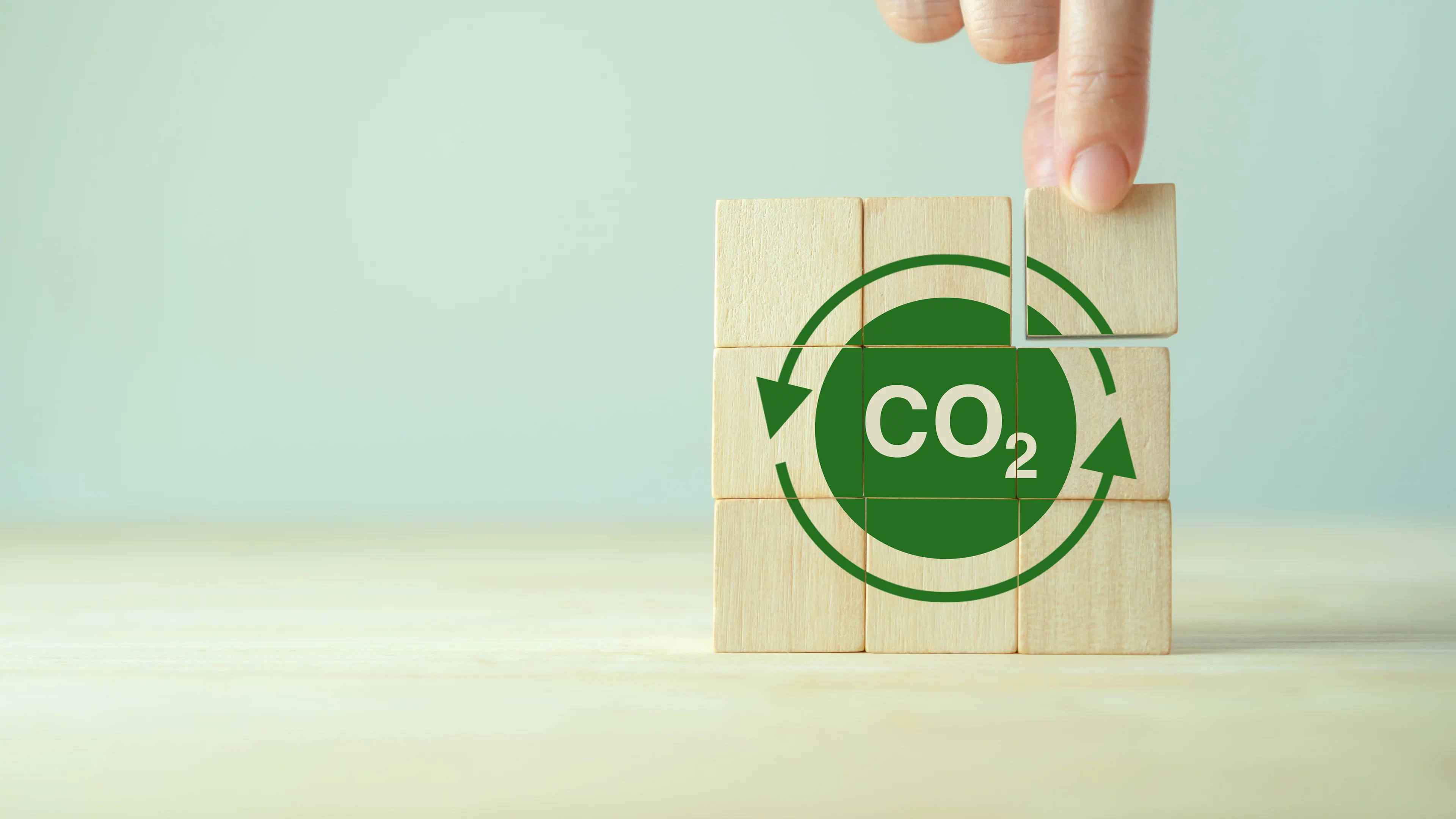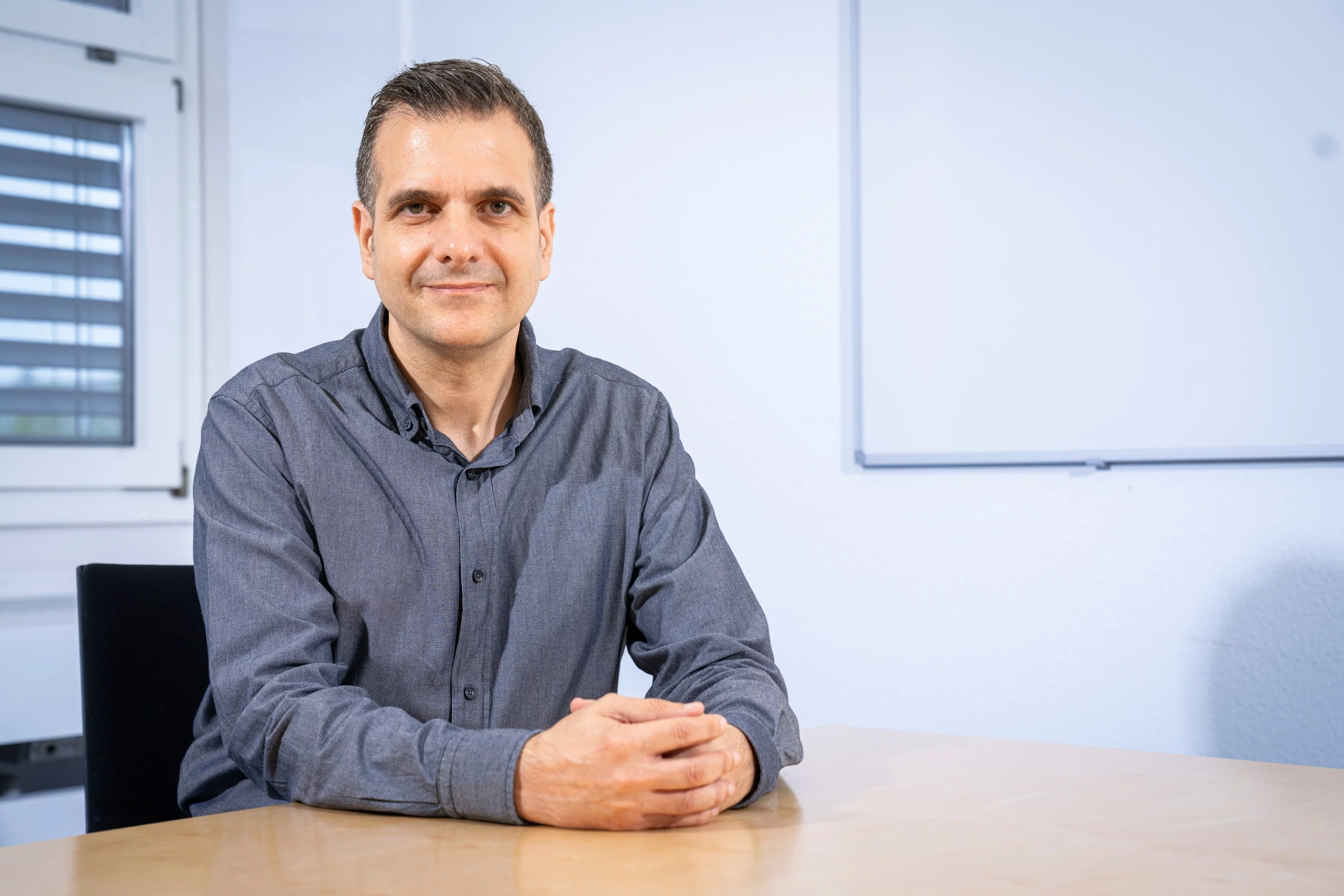Switzerland has set itself the goal of reducing its CO₂ emissions to net-zero by 2050. The final report of the POLIZERO research project – led by the Paul Scherrer Institute PSI and the University of Piraeus – shows which policy measures are best suited to this goal. The conclusion: The net-zero target is achievable – if decisive action is taken now.
Subsidies, market incentives, CO₂ taxes, bans – what works best if Switzerland wants to achieve its goal of climate neutrality by 2050? In the POLIZERO project, researchers from the Paul Scherrer Institute PSI and the University of Piraeus in Greece have taken a systematic look beyond the country's borders – into the European Union. The EU and its member states have already implemented numerous policy measures to reduce carbon dioxide emissions – with varying degrees of success. The goal of POLIZERO was to place Switzerland's path to decarbonising its energy system within the European context and derive appropriate measures for Switzerland from this.
“We compiled and tested 12 policy packages, including subsidies, taxes, EU-wide measures, and binding targets – based on more than 2,000 EU initiatives,” says Evangelos Panos, head of the Energy Economics group in the Laboratory for Energy Systems Analysis, affiliated with both the PSI Center for Energy and Environmental Sciences and the Center for Nuclear Engineering and Sciences. This involved energy system modelling – that is, computational simulations of future energy demand and supply scenarios – an adaptive path analysis that compares different development paths under uncertainty, and a stakeholder dialogue with representatives from science, business, and politics. The project partners have now published their results in a comprehensive final report. POLIZERO ran from 2020 to 2024 and was funded by the Swiss Federal Office of Energy (SFOE) as part of the Energy-Economy-Society research programme.
Key findings from POLIZERO:
- The next ten years could be crucial. Model analyses indicate that fossil technologies must be replaced as quickly as possible with clean alternatives – for example, through the expansion of district heating, a tripling of solar capacity, and the transition to electric mobility. “The course is now being set – the decisions of this decade will determine how realistically net zero can be achieved by 2050,” according to Panos.
- From 2035 onwards, scaling becomes the focus of the scenarios. The model analyses indicate that around 12 terawatt hours of wind and bioenergy could be needed to reduce dependence on energy imports in winter – especially in conjunction with a nuclear phase-out. In addition, the scenarios indicate a need for approximately 25 terawatt hours of synthetic fuels, produced either biogenically from biomass or as so-called e-fuels from renewable electricity. The annual capture of six to ten million tons of CO₂ from waste and industry is also emerging in many pathways as an important contribution to achieving the net-zero target.
- Emissions trading and regulatory requirements gain in importance. In early phases, support measures provide important impetus. However, the models suggest that additional instruments would be necessary after 2035: including stronger emissions trading with broader sector coverage, regulatory requirements such as the replacement of old heating systems, and targeted rules for CO₂ export and use.
- Balance rather than extreme positions. “Our analysis suggests that Switzerland's transition depends on strong national measures and coordination with Europe, as different levels of EU harmonisation can influence the course of the path to the net-zero target,” says Meixi Zhang, a doctoral researcher in the Energy Economics group at PSI. Switzerland must therefore strike a balance between independent, credible measures and purposeful cooperation with the EU. Increasing integration into the European energy market could bring benefits, for example, in terms of security of supply.
“Harmonisation with measures of the EU Green Deal – the EU's package of measures to achieve climate neutrality by 2050 – has proven particularly robust in our simulations – especially in geopolitically uncertain times,” adds Serafeim Michas, an analyst for technology economics at the University of Piraeus.
Clear goal, flexible implementation
In their analysis, the researchers defined three robust policy paths that have a high probability of achieving net-zero emissions by 2050: All begin with subsidies and moderate EU alignment by 2035, followed by stronger EU integration and regulatory measures, while subsidies are gradually reduced.
“It is crucial for achieving the net-zero target that Switzerland defines its long-term strategy now,” emphasises Evangelos Panos. At the same time, he makes it clear: “Achieving the net-zero target does not require a perfect plan, but rather the ability to adapt and scale – especially if the future turns out differently than expected.”
Contact
Original publication
Swiss Policy towards Zero CO2 Emissions compatible with European Decarbonisation Pathways
Evangelos Panos, Meixi Zhang, Alexandros Flamos, Serafeim Michas
Swiss Federal Office of Energy, 03.09.2025
Link to the publication: https://www.aramis.admin.ch/Default?DocumentID=73434&Load=true
Further information
Further articles on this topic
About PSI
The Paul Scherrer Institute PSI develops, builds and operates large, complex research facilities and makes them available to the national and international research community. The institute's own key research priorities are in the fields of future technologies, energy and climate, health innovation and fundamentals of nature. PSI is committed to the training of future generations. Therefore about one quarter of our staff are post-docs, post-graduates or apprentices. Altogether PSI employs 2300 people, thus being the largest research institute in Switzerland. The annual budget amounts to approximately CHF 450 million. PSI is part of the ETH Domain, with the other members being the two Swiss Federal Institutes of Technology, ETH Zurich and EPFL Lausanne, as well as Eawag (Swiss Federal Institute of Aquatic Science and Technology), Empa (Swiss Federal Laboratories for Materials Science and Technology) and WSL (Swiss Federal Institute for Forest, Snow and Landscape Research). (Last updated in June 2025)






